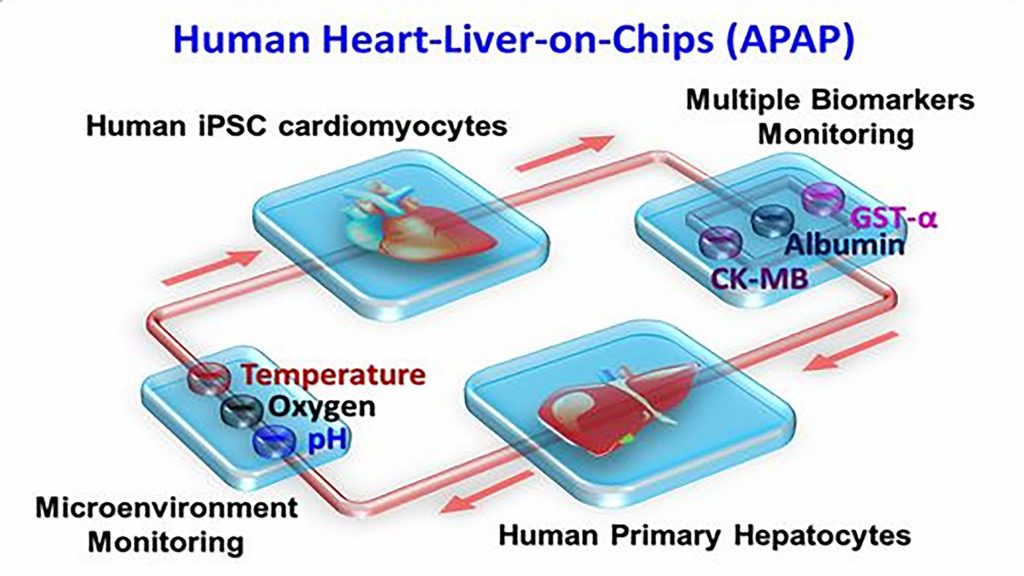From the Journal: APL Bioengineering
WASHINGTON, March 3, 2020 — Recent advances in bioengineering and computational modeling have given researchers the ability to examine complex biological processes with molecular-level detail.
A review of recent work in biophysics highlights efforts in cellular engineering, ranging from proteins to cellular components to tissues grown on next-generation chips. Author Ngan Huang said the fast pace of development prompted her and her colleagues to take stock of promising areas in the field as well as hurdles researchers can expect in coming years. They discuss their work in this week’s APL Bioengineering, from AIP Publishing.

“What excites me most is the multidisciplinary nature of the field. It brings together researchers of diverse expertise, including biophysics, biomaterials, molecular biology, chemical and systems biology, computational biology and developmental biology,” she said. “As more diverse expertise is applied to this field in the future, we anticipate even more advancements will be made.”
Advances in understanding the cellular microenvironment led to new mechanical properties for researchers to explore. Viscoelasticity and viscoplasticity describe how materials deform when a stress is applied to them and how well they keep their shape, an understanding that has shown how cells respond when they encounter one another and how they move through tight spaces.
At the molecular level, new techniques, such as fluorescence resonance energy transfer, make it possible for researchers to see and better study the effects intrinsically disordered proteins (IDPs) have on physical properties of cells. IDPs lack a rigid shape and have been recently found to control cellular function by altering phase transitions within cells.
Engineered synthetic proteins also emerged as a hotbed of bioengineering research in recent years, finding use in tracking enzymes bound to cell membranes and making up a key component of many emerging cancer immunotherapies.
Development of increasingly powerful computational tools to better model molecular behaviors has allowed researchers to better predict how IDPs change shape and how synthetic proteins are likely to fold. These tools have already helped researchers create easy-to-use chips that replicate how specific biological tissues behave.
Organ-on-a-chip technology looks to provide a high-resolution, high-throughput method for researchers to investigate how tissues respond to conditions like exposure to experimental drugs. Such approaches might offer faster findings without the use of animal testing.
“In the area of multi-cellular systems, one challenge is the development of organs on a chip that incorporate complex spatial geometries and cell types to allow us to study how different cells interact with one another, while providing high-resolution imaging and high-throughput analysis,” Huang said.
She said she hopes the paper inspires students from more disciplines to participate in the field.
###
For more information:
Larry Frum
media@aip.org
301-209-3090
Article Title
Multi-scale cellular engineering: From molecules to organ-on-a-chip
Authors
Ngan F. Huang, Ovijit Chaudhuri, Patrick Cahan, Aijun Wang, Adam Engler, Yingxiao Wang, Sanjay Kumar, Ali Khademhosseini, Song Li
Author Affiliations
Stanford University; Johns Hopkins University; University of California, Davis; Shriners Hospitals for Children; University of California, San Diego; University of California, Berkeley; University of California, Los Angeles
